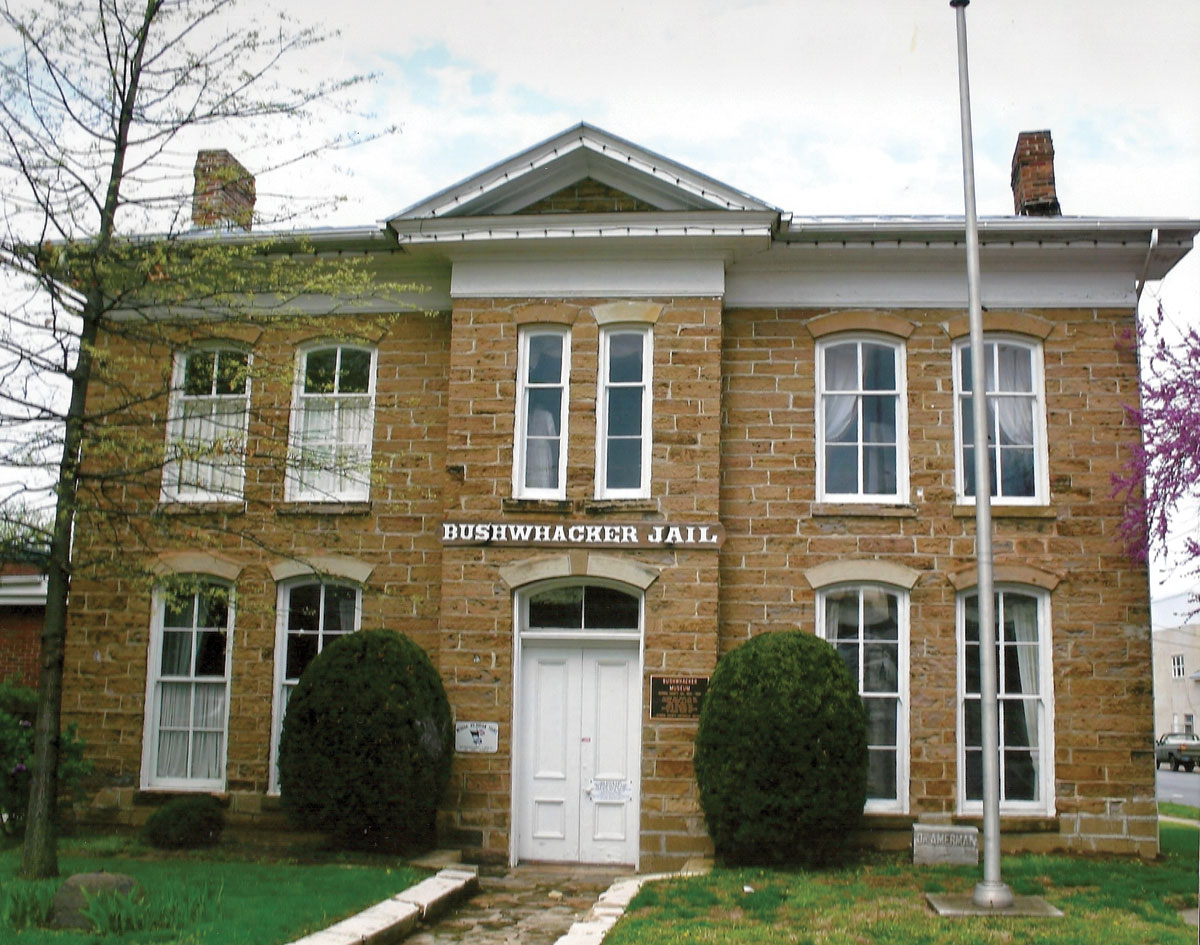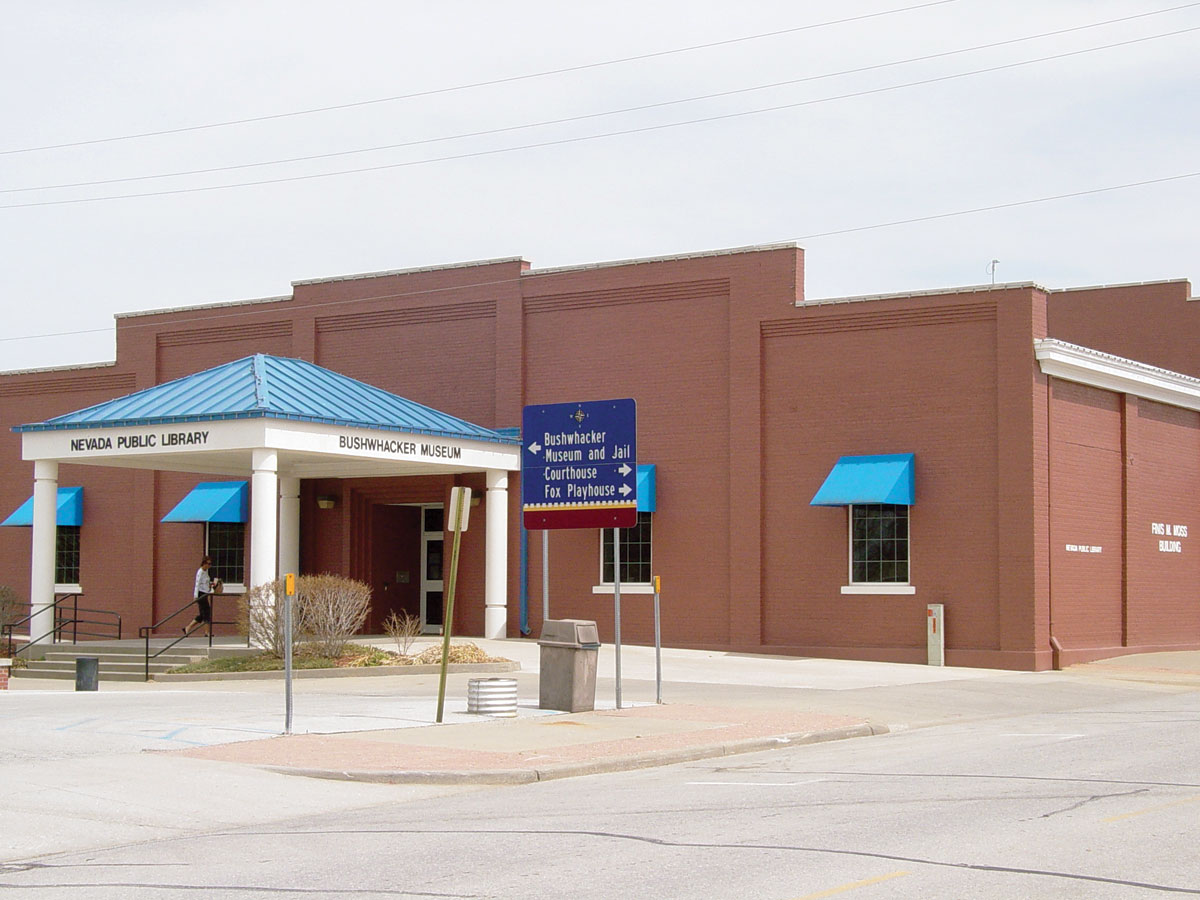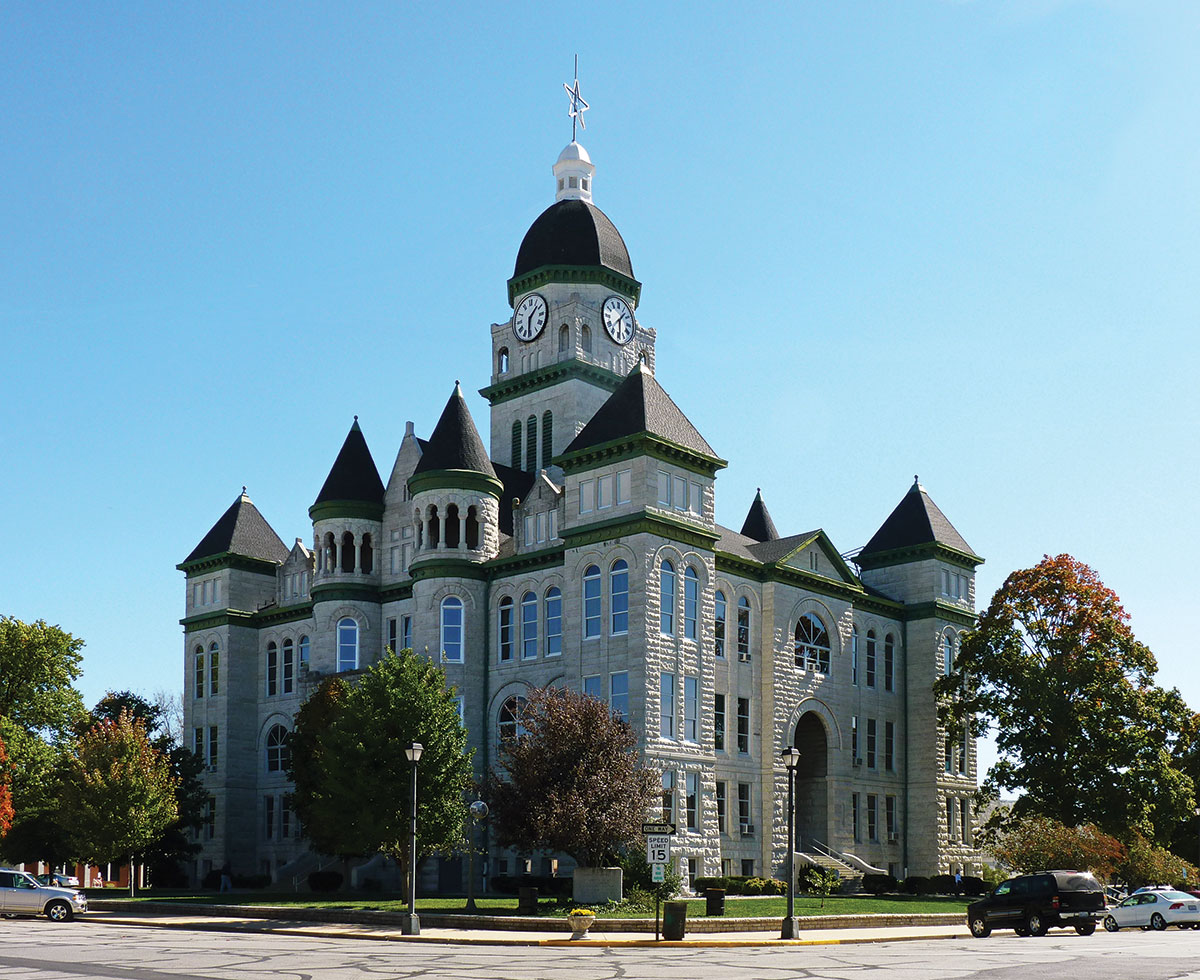
An old jail and a family collection are the focal points of two museums in Vernon County, Mo.
Nevada, Mo., was the Bushwhacker Capital before and during the Civil War with many battles fought on the Missouri-Kansas border.
These battles spawned a special breed – Missouri Bushwhackers and Kansas Jayhawkers. Bushwhackers were Confederate and Jayhawkers were Union, but lawlessness prevailed on both sides.
In May 1863, Confederate Bushwhackers ambushed a Federal militia party on the Nevada square. Afterwards, the Federals burned some 75 houses and all public buildings, except the schoolhouse and jail, in Nevada to the ground.
Three months later, by the terms of the infamous “Order No. 11,” the rest of western Missouri shared the same fate-all farm homes and barns in the border counties between Nevada and Kansas City were burned and the people driven away to Federal garrison towns for the rest of the war.
In 1964, the Vernon County Historical Society purchased the old county jail building, the oldest building in Nevada to survive Order No. 11. It was renovated to be a museum to showcase the colorful history of Vernon County and the area. The name Bushwhacker Museum was selected and formally opened on June 1, 1965. The jail was added to the National Register of Historic Places in 1977.
The jail was built in the 1860s and the attached sheriff’s home, added in the 1870s. While it was still used as a jail, the sheriff said it ‘resembles the notorious Black Hole of Calcutta.”
The front of the stone jail, the sheriff’s home, boasts original Federal architecture, unique west of the Mississippi, and rare anywhere. It has some of the same lines as most of the colonial mansions built in North America from the 1700s to about the time of the Civil War. Whether town houses or farm houses, the Federal style was the same: The roof was gabled and it sloped toward the street throughout the building’s width. The matching chimneys were usually at the end of the gables and flush with the side walls. This enabled each room to house a fireplace.
Some of the stones in the cell room weigh up to 2,000 pounds. A visit to the museum provides many visitors a spine-tingling experience once they step into the dark and dank cell room.
Rusty food tins, metal spring cots, heavy metal cages can be found inside the stone jail. Few, if any visitors want the door locked behind them.
The jail had such a bad reputation for its discomforts that more than one convict, on being sentenced to a year, would ask if he could serve two years in the state penitentiary instead. Heat was furnished, in theory, by a potbellied stove placed between the cellblocks. Light was even scarcer than heat. Only a single drop cord bulb disturbed the cell room gloom as late as 1964. The woman’s jail was separated from the back cells entirely. It was much roomier and rarely used.
The jailer used the front rooms of the jail as a residence. The rooms are like being in another world compared to the jail. They are spacious with a walnut staircase leading to two large rooms upstairs. The furnishings compare to an upper-class home of the period. Some notable decorations include a rare Crown of Thorns Hobo and Tramp Art photograph frame, and a human hair wreath.
In addition to the jail, the Historical Society has a more modern way to display the area’s past.
In 1996, the Finis M. Moss Charitable Trust provided a new home for the Nevada Library and offered the Historical Society the building’s lower level as new museum space with the trust underwriting the renovations, including an elevator for full handicap accessibility. The Bushwhacker Museum is now a unique regional historical study center to capitalize on the tumultuous history of the Missouri-Kansas border wars.
An eminent physician, Dr. J. T. Hornback, began practicing medicine in Vernon County in 1896. After his death in 1936, his home containing his office remained untouched. His wife, daughter and son-in-law continued to live in the house until forced out by death or ill health. The house and entire contents were donated to the Vernon County Historical Society in 1996. The Hornback family kept practically everything they bought in nearly a century they lived in the large house. They left the community a time capsule of family life in a Midwestern town in the first half of the 20th century. Those artifacts are housed in the Bushwhacker Museum.
Dr. Hornback acquired the community’s first magnetic machine. The machine was manufactured in 1905, by R. V. Wagner and Co., of Chicago and is a hand-cranked device, big as an old upright piano, and is nearly as dust proof as possible, encased within a solid oak cabinet. The Wagner Mica-Plate Electrostatic Machine was used to cure (so the accompanying brochure claimed) everything from abscesses to writer’s cramp.
For the “shock treatment,” the patient sat on a chair on the lead platform next to the machine and held electrodes in his/her hands, or wore a head piece. The handle was then turned and the moving mica plates created static electricity. The high voltage, along with a very low ampere current, was transferred to the patient’s body, and the resulting static electric charge through the body was supposed to cure ailments. The current was very small, but definitely enough to get a “charge” out of a visit to the doctor’s office. There are six books in the doctor’s office library about healing with magnetism and electro therapeutics.
“This was ‘hot stuff’ literally,” said former museum coordinator Terry Ramsey. “It was the newest thing on the market. The doctor was not a quack; he was always looking for the next best treatment.”
A jar of human teeth, along with the dentist’s chair and tooth care equipment, are also on display. Hundreds of jars of drugs had to be evaluated by a present-day pharmacist who discovered everything from salves to liquid opium, to small pre-measured doses of strychnine used to treat syphilis. A vast cupboard still holds some of the doctor’s medications (with the dangerous ones discarded). Surrealistic objects atop the case are cathode tubes from various x-ray machines once in the office. In the corner blinks the sign indicating that another of the doctor’s responsibilities was care of the eyes.
There is something of interest for all ages in the museum and worthy of a few hours of your time.
Admission is $5 for adults and $2 for children from 12 to 17 years old. Children under 12 are admitted for $1. These prices cover admission to both the Museum and the Jail. The main Museum is located at 212 West Walnut and the historic Bushwhacker Jail is located a block away at 231 North Main. One admission price gives access to both locations.







